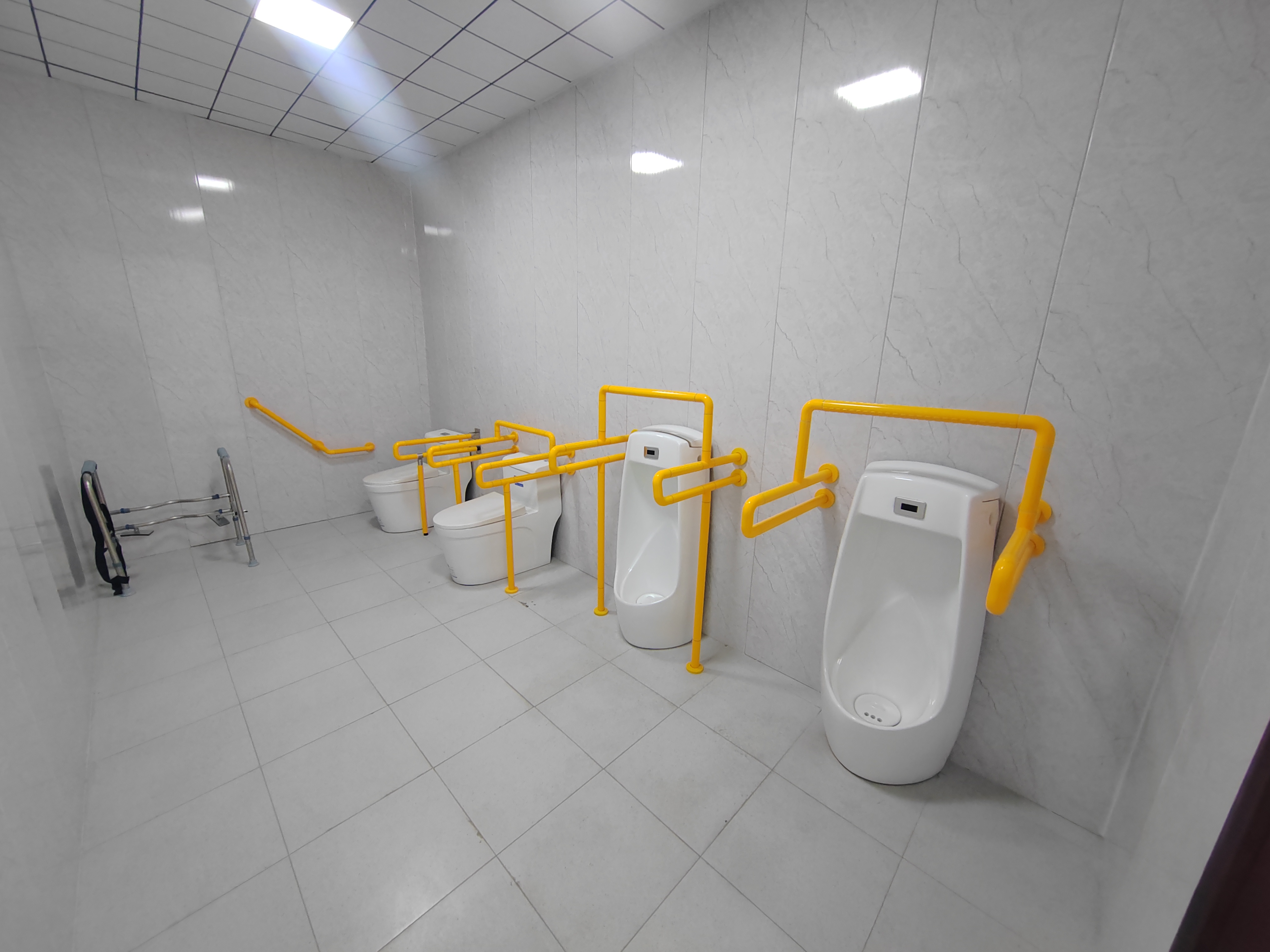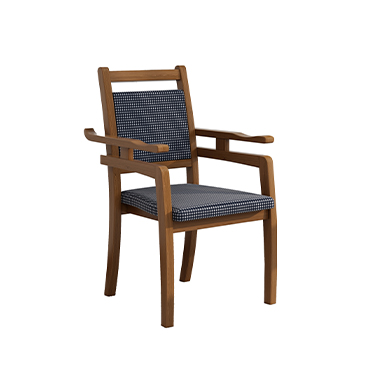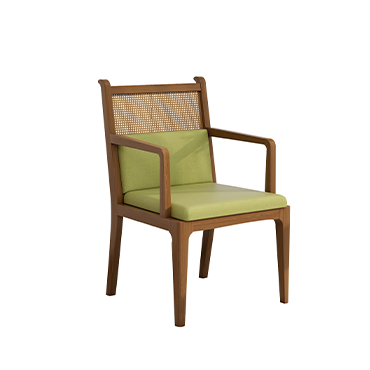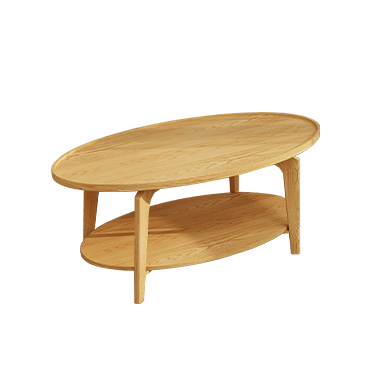Ultimate Guide to Bathroom Safety for Seniors: How to Prevent Slips and Falls
Falls in the bathroom are a leading cause of injury among older adults. Many seniors believe that feeling unsteady or falling occasionally is just a part of aging. However, a single fall can often lead to a second one, and the consequences—such as fractures, disability, or even death—can be more severe than those of chronic conditions like diabetes.
Bathrooms are naturally high-risk areas due to constant moisture, slippery surfaces, and limited space. To minimize the risk of falls, it's crucial to optimize bathroom safety for seniors with a well-thought-out design and strategic safety installations.
1.Separate Wet and Dry Zones
Creating a clear distinction between wet and dry areas is the first line of defense against slips in a senior-friendly bathroom. Using glass partitions, shower curtains, or enclosed shower stalls helps keep water from spreading throughout the bathroom floor.
Dry zones like the toilet and sink areas should remain as dry as possible to reduce the risk of slipping.
2.Use Anti-Slip Flooring Materials
The type of flooring used plays a major role in preventing falls. Always opt for anti-slip tiles or textured flooring materials designed for wet environments. These materials maintain grip even when wet and are far superior to standard tiles.
You can also use anti-slip mats, but be cautious—choose those with strong suction backing to avoid sliding or curling, which can create tripping hazards.
3.Improve Drainage and Ventilation
Standing water increases the risk of slips, so quick drainage is essential. Consider the following solutions:
Linear shower drains for faster water removal
Additional floor drains in the dry area to catch any overflow from the shower
Openable bathroom windows to allow natural air circulation
High-capacity exhaust fans to remove steam and moisture when windows are not available
Proper drainage and ventilation not only improve safety but also prevent mold and mildew.
4.Install Grab Bars: The #1 Fall Prevention Tool
Grab bars are often considered the most effective assistive devices in a senior-friendly bathroom. They provide physical support, boost confidence, and reduce the risk of falls by offering something sturdy to hold onto during daily activities.
Benefits of Installing Grab Bars:
Assist with standing up and sitting down, especially near toilets and bathtubs
Help maintain balance in slippery conditions
Enhance independence, allowing seniors to bathe and use the toilet with minimal assistance
Where to Install Grab Bars:
Toilet Area: On the side and behind the toilet for safe support when sitting or standing
Shower Area: Along the wall or near shower seats for extra stability
Sink Area: Optional, but helpful for added support when leaning forward
Grab Bar Installation Tips:
Choose rust-resistant materials like stainless steel or aluminum
Opt for textured or matte finishes for better grip
Avoid suction cup bars for permanent use—always secure bars with wall-mounted hardware for safety
Final Thoughts
Creating a non-slip bathroom for elderly family members isn’t just about comfort—it’s about protecting lives. By combining wet-dry separation, anti-slip flooring, fast drainage, and strategically placed grab bars, you can significantly reduce the risk of bathroom-related accidents.
Bathroom safety is an investment in your loved ones’ well-being and independence. Don’t wait for an accident to happen—proactive prevention starts with thoughtful design.





